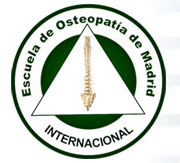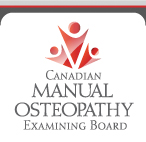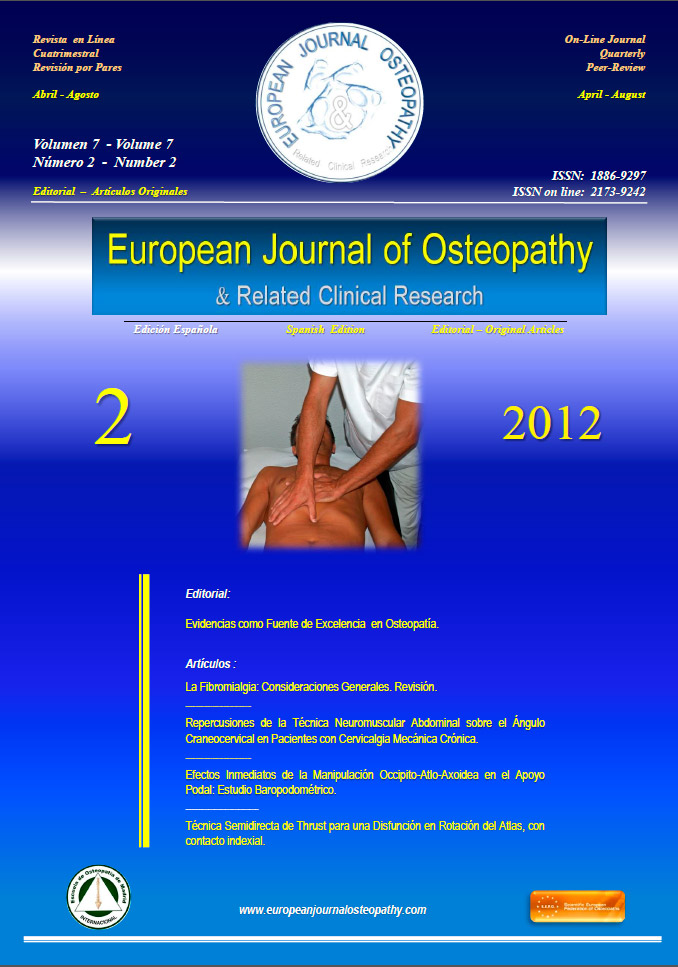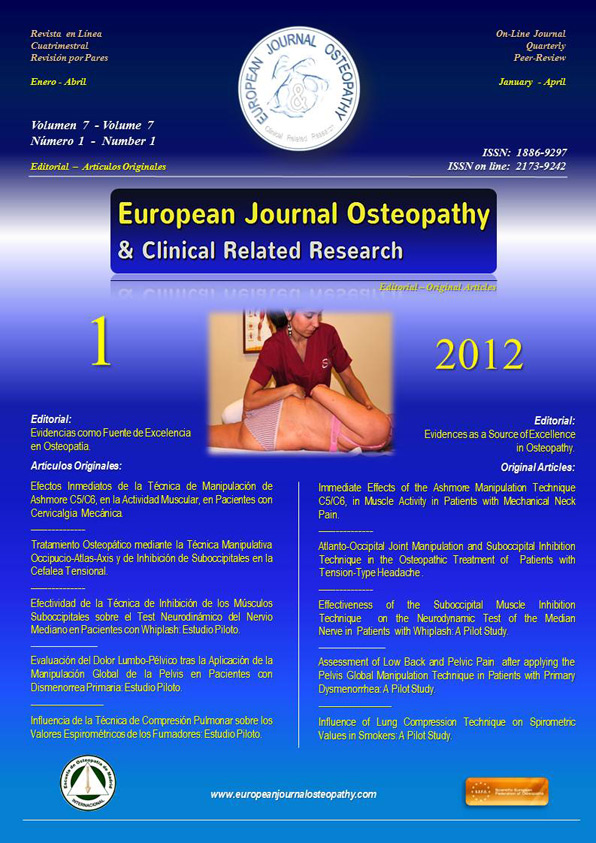Trends in Rolfing and Yoga
 Rolfing and yoga complement each other by improving structure, balance and flexibility. Rolfing developer Dr. Ida Rolf used yoga to further our understanding of human structure. Did you know that Hatha Yoga influenced Dr. Ida Rolf's development of Rolfing?
Rolfing and yoga complement each other by improving structure, balance and flexibility. Rolfing developer Dr. Ida Rolf used yoga to further our understanding of human structure. Did you know that Hatha Yoga influenced Dr. Ida Rolf's development of Rolfing?When Dr. Ida Rolf was a young mother, before she started practicing Rolfing, she used yoga to address back problems, related to a scoliosis. In the 1930's, she studied yoga with Pierre Bernard, a yoga teacher in Nyack, N.Y. Yoga was considered a bit far out at the time, and there were very few teachers available in the US. At the time, Rolf was cautious about referring her students to yoga. "Dr. Rolf declared that yoga was the best exercise system ever devised, if the student worked with a good teacher," says Jeff Linn, Certified Rolfer and archivist. "If the teacher
was not good then it could do serious damage in
the long term."
Over the past seventy years interest in yoga has grown steadily in the West, and now there are many expert instructors teaching from a variety of yogic traditions. Dr. Rolf's personal study of yoga, osteopathy and homeopathy contributed to the evolution of her Rolfing principles. She aligned her vision of Rolfing with the goals of yoga, "a physical system that enriches the student's body, mind and spiritual well being through an understanding of structural balance."
"Dr. Rolf always investigated what was new and was never afraid to take what she learned and use it," says Rosemarie Feitus, Certified Rolfer, in the introduction to her book, "Ida Rolf Talks: About Rolfing and Physical Reality." "In those years of practicing and discussing the principles of yoga; (Dr. Rolf) was establishing the basis of her future work; that bodies need to lengthen and be balanced, and that a balanced body will give rise to a better human being," says Feitus. "Slowly she realized that the asanas did not achieve length and separation of the joints, that in too many cases there was actual contraction of the joint surfaces. Something else was needed." Sometime later, Rolfing was born.
Rolfing works primarily in two ways, with hands-on manipulation and movement education. It physically changes the body's structure and energetically improves movement and function. Yoga and Rolfing both work subtly with energy inside and outside the body. Let's look at the breath, and how Rolfing works with energy. Sometimes stress makes us short of breath, so we breathe more tensely. By guiding the breath throughout the body, Rolfing can potentially help relieve tension and increase energy levels.
The most common objectives that guide people to Rolfing and yoga are:
1. to gain relief from chronic or acute tension or pain
2. to increase flexibility or coordination
3. to improve posture and alignment
4. to learn to relax and obtain more body awareness
5. to offset deleterious effects of aging
6. to release emotional blocks stored in the body
7. to have more energy and stamina
8. to find relief from breathing difficulties
all photos are provided by The Rolf Institute®
Go to Content








 1:18
1:18
 Daniel Enriquez de Guevara
Daniel Enriquez de Guevara





























.jpg)






















0 comentarios :
Publicar un comentario